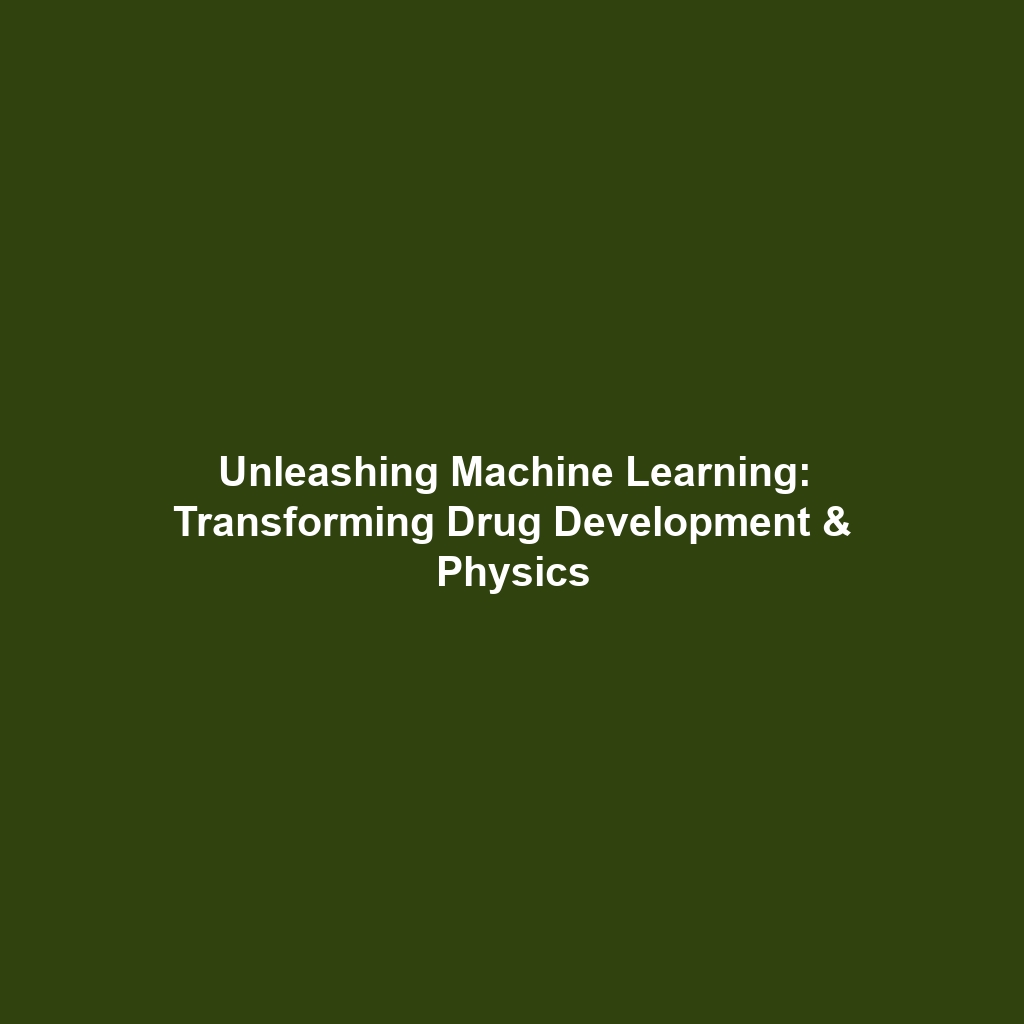Challenges in Detecting Primordial Black Holes
Introduction
The search for primordial black holes presents profound challenges that stand at the forefront of astrophysical research. These enigmatic entities, believed to have formed soon after the Big Bang, could hold the keys to many cosmic mysteries. Understanding the challenges in detecting primordial black holes not only enriches our grasp of black holes in general but also enhances our knowledge of the universe’s formation and evolution. As scientists delve deeper into this topic, the significance and implications for cosmology become increasingly profound.
Key Concepts
To comprehend the challenges of detecting primordial black holes, one must first understand several key concepts:
- Primordial Black Holes (PBHs): These black holes are hypothesized to have formed from density fluctuations in the early universe.
- Detection Techniques: Various methods have been proposed for detecting PBHs, including gravitational lensing and studying gravitational waves.
- Cosmic Background Radiation: Analyzing variations in cosmic background radiation can provide insights into primordial black holes and their formation conditions.
Applications and Real-World Uses
The challenges in detecting primordial black holes have significant implications for various applications in astrophysics and cosmology:
- Understanding Dark Matter: Insights into primordial black holes could explain the nature of dark matter and its role in galaxy formation.
- Cosmological Models: Enhancing cosmological models based on observations of primordial black holes can refine our understanding of the universe’s expansion.
- Gravitational Wave Astronomy: Developing detection techniques for PBHs has led to advancements in gravitational wave observatories, which are increasingly important for modern astrophysics.
Current Challenges
Despite the potential significance of primordial black holes, several challenges exist in their detection:
- Observational Limitations: Current technology struggles to differentiate signals from primordial black holes amid cosmic noise.
- Theoretical Uncertainties: Theoretical models surrounding PBHs are diverse, leading to varying predictions and making it difficult to formulate consistent detection strategies.
- Interference from Other Astrophysical Phenomena: Gravitational lensing and other detection methods can yield ambiguous results, complicating confirmations of PBHs’ existence.
Future Research and Innovations
Exciting research is on the horizon as scientists work to overcome current limitations and explore new frontiers in detecting primordial black holes:
- Next-Generation Telescopes: Plans for more advanced telescopes equipped with enhanced detectors aim to improve the accuracy of gravitational wave measurements.
- Quantum Techniques: Innovations in quantum technology may lead to novel methods for detecting gravitational waves produced by PBHs.
- Interdisciplinary Approaches: Collaboration across various scientific fields could foster new theoretical frameworks and observational strategies for PBH detection.
Conclusion
The challenges in detecting primordial black holes illuminate the broader complexities associated with understanding black holes in general. As we push the boundaries of our technological capabilities and theoretical knowledge, future discoveries in this field could revolutionize our understanding of the universe. Researchers and enthusiasts alike are encouraged to stay informed and engaged with this dynamic area of astrophysics. For further reading, explore our articles on dark matter implications and gravitational waves.





